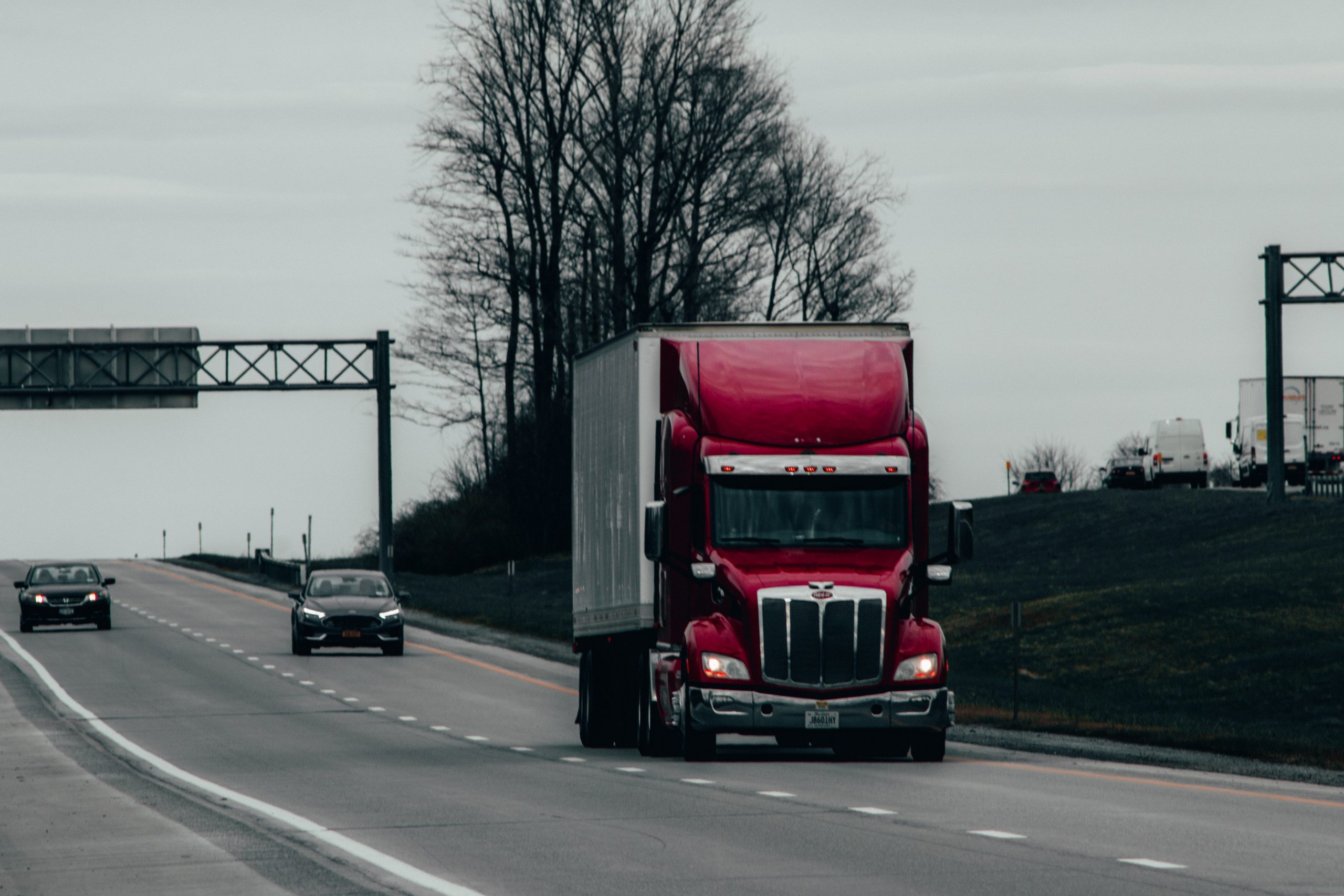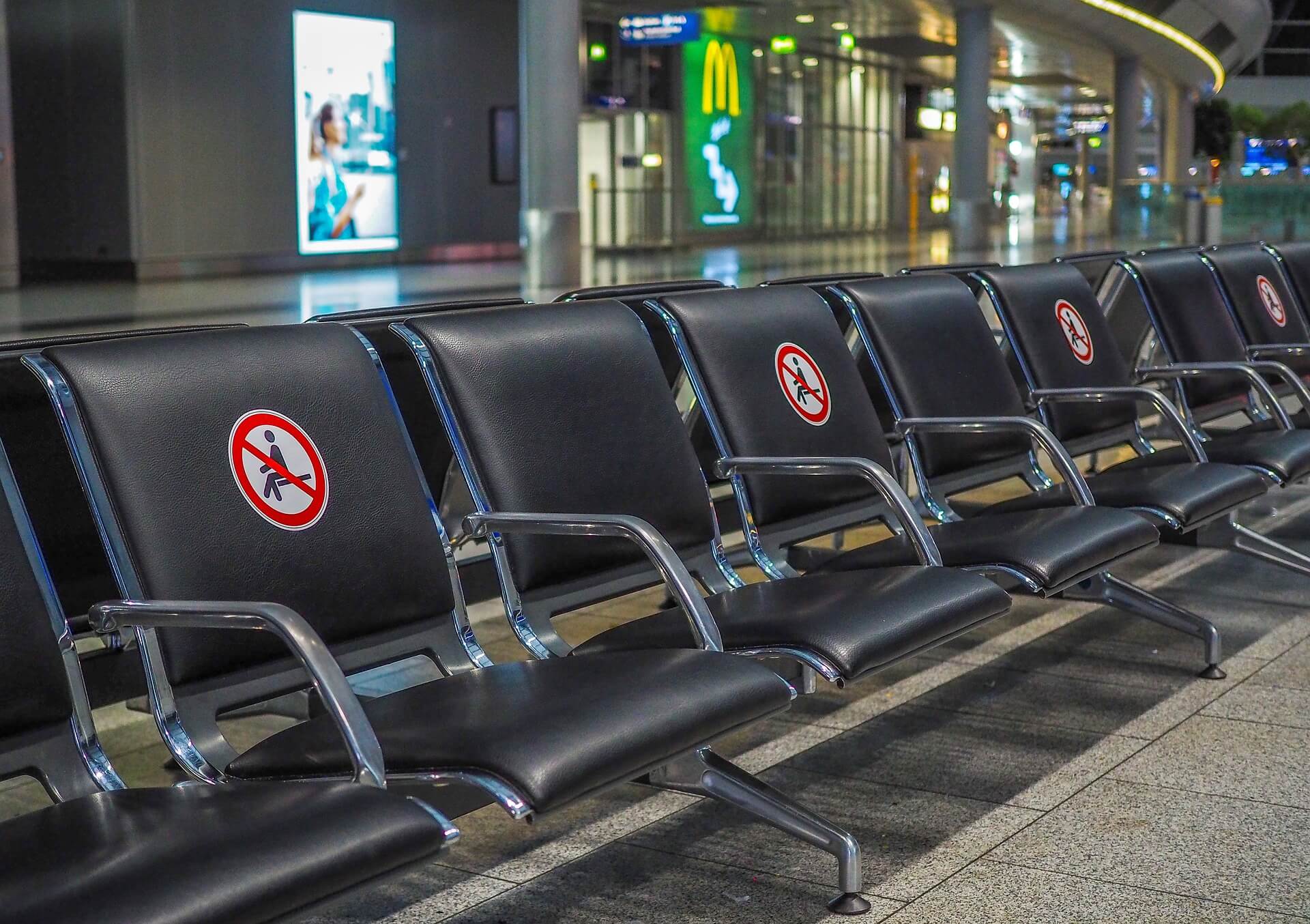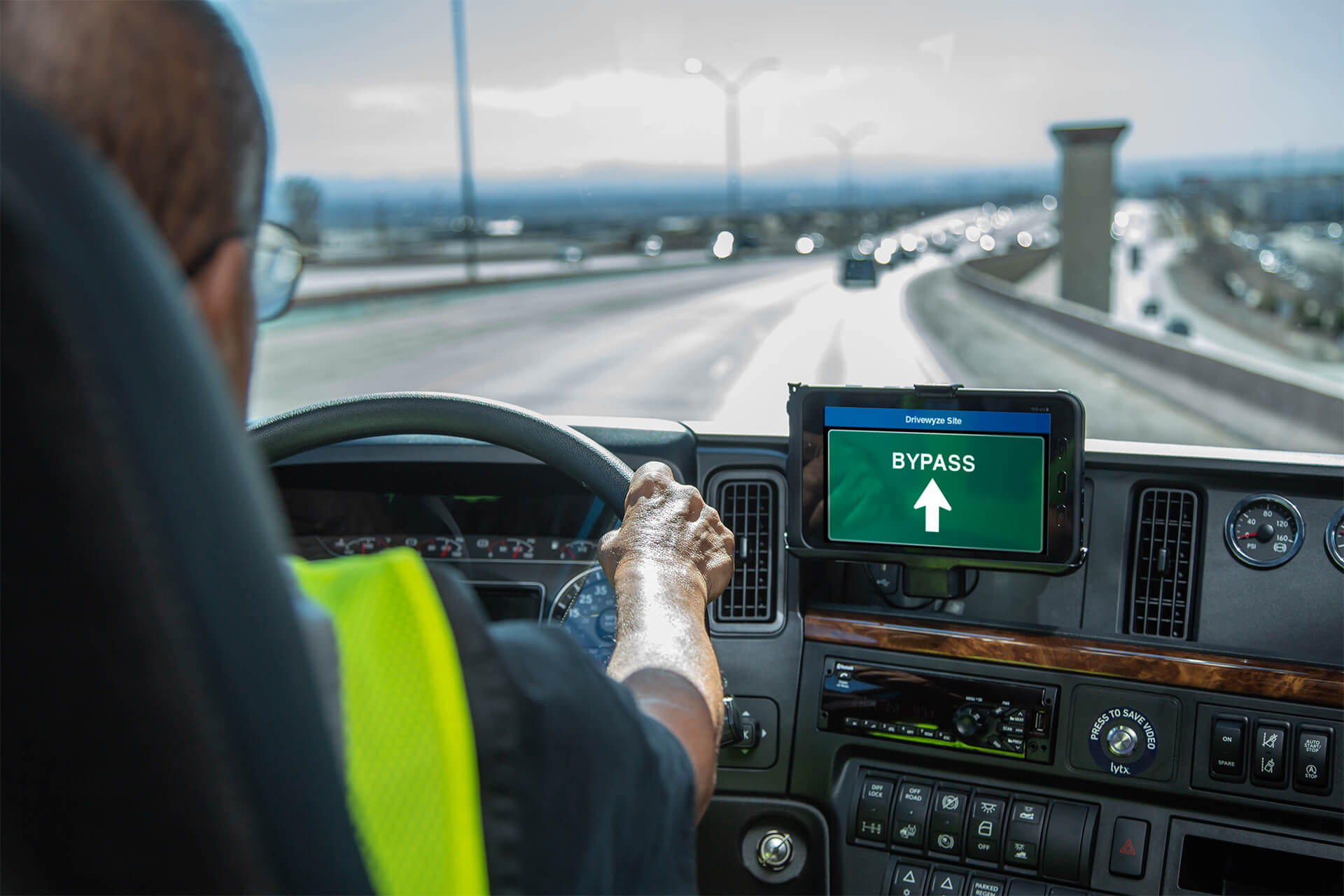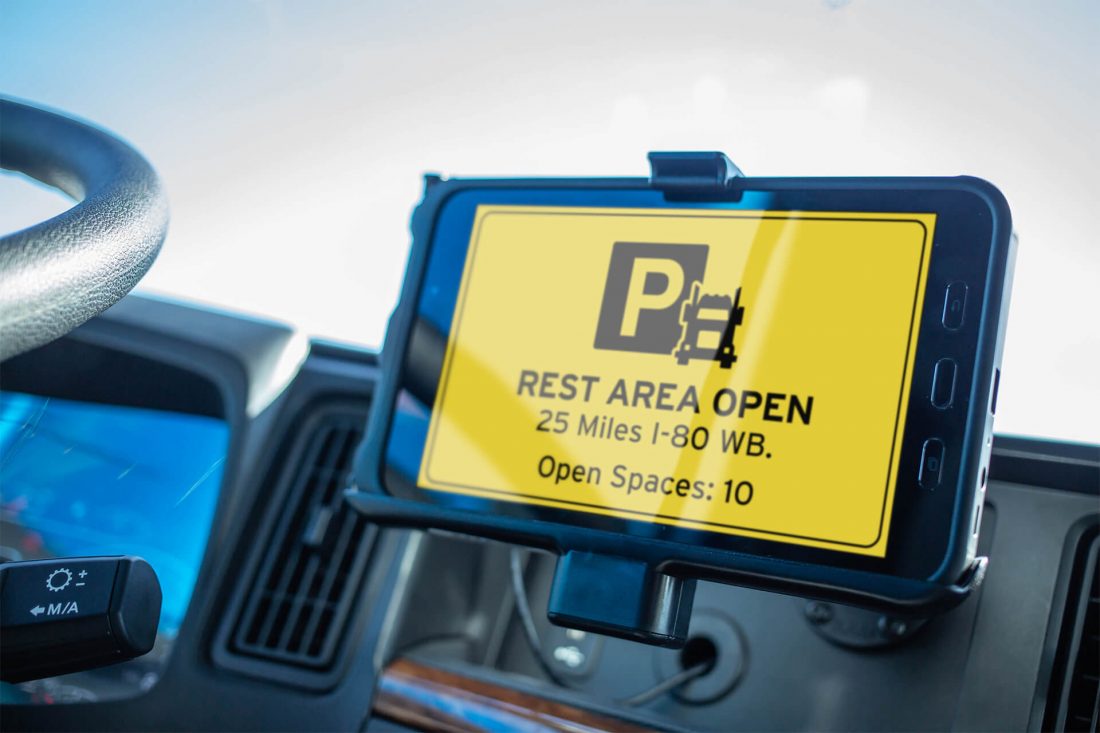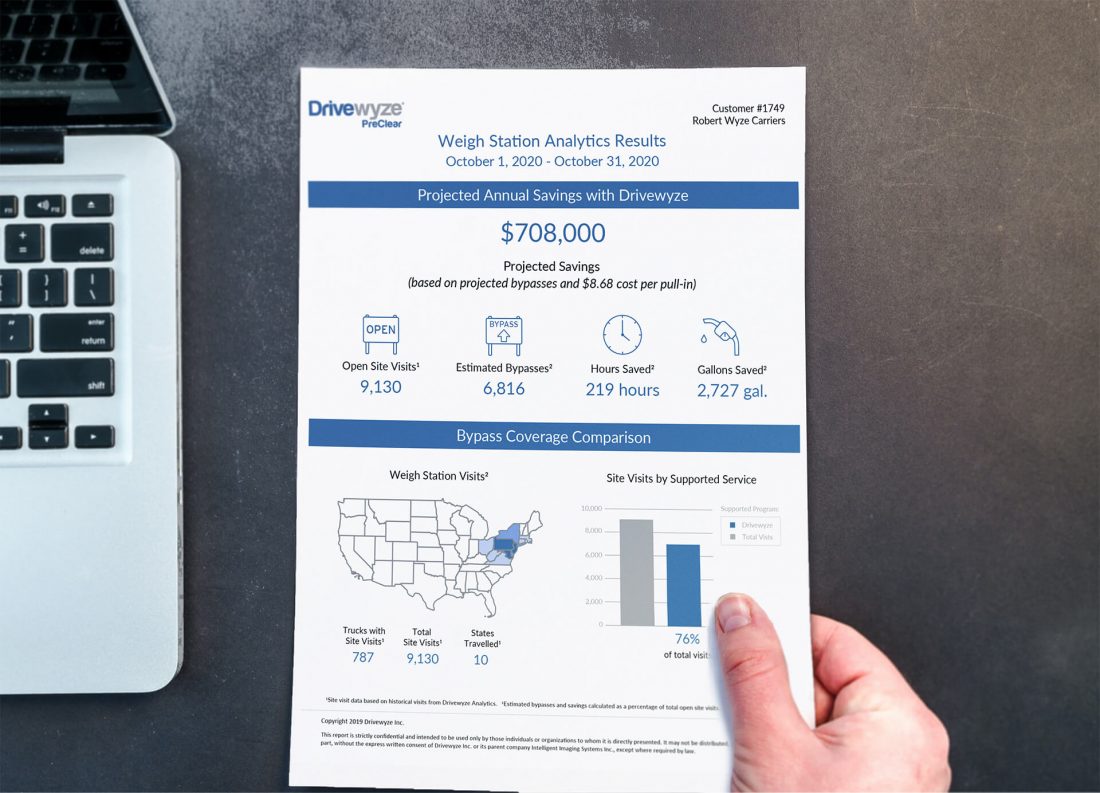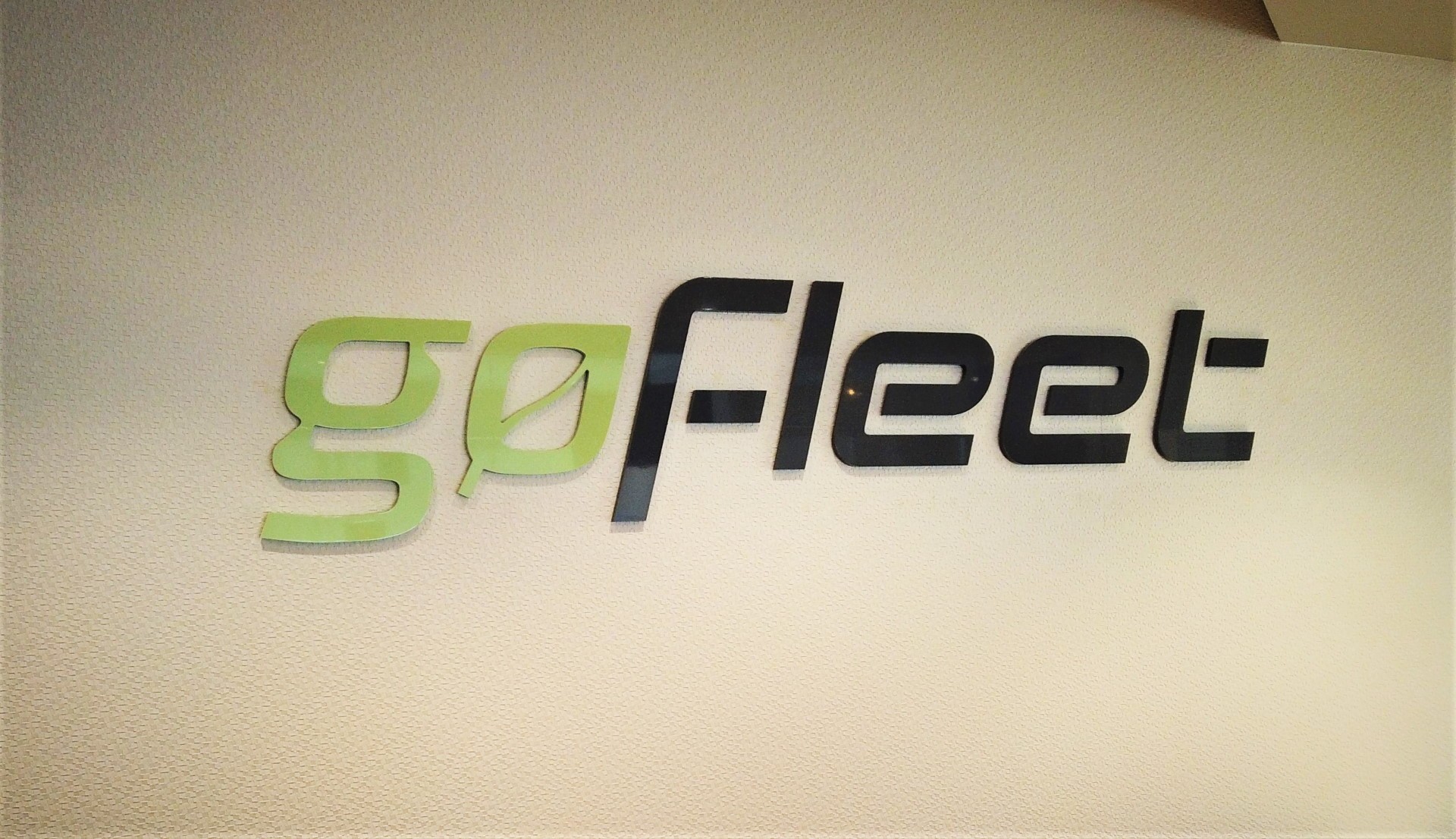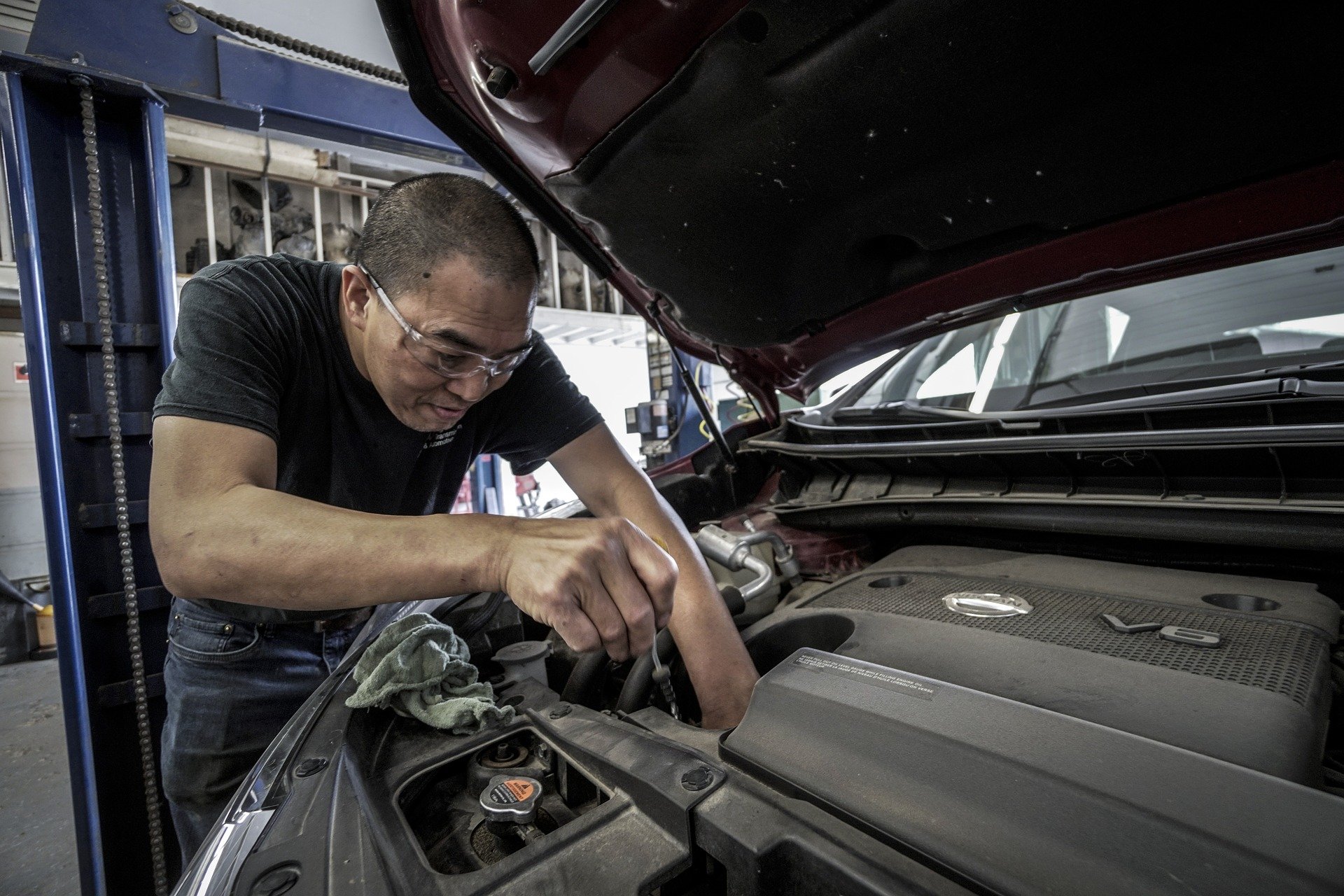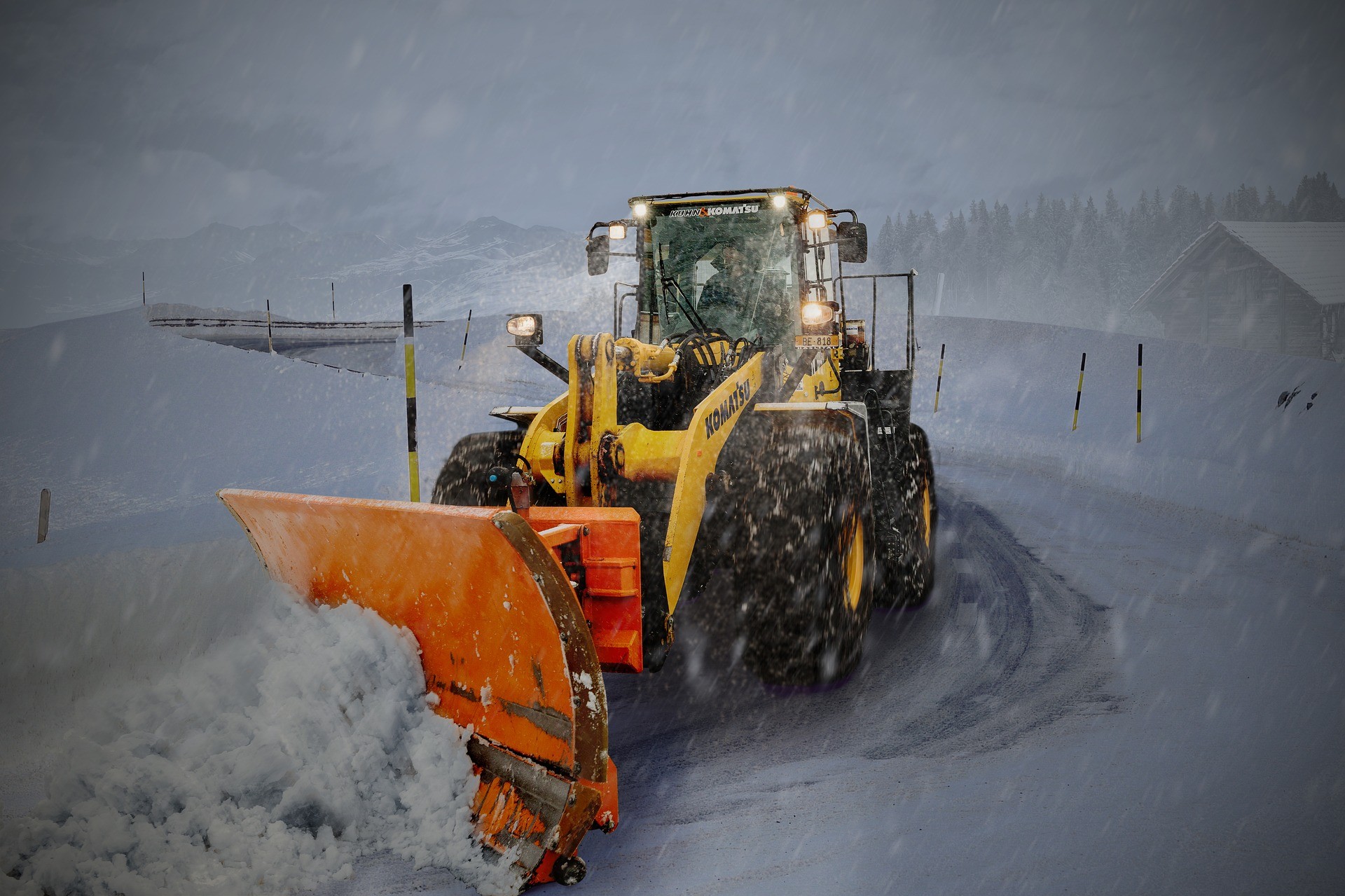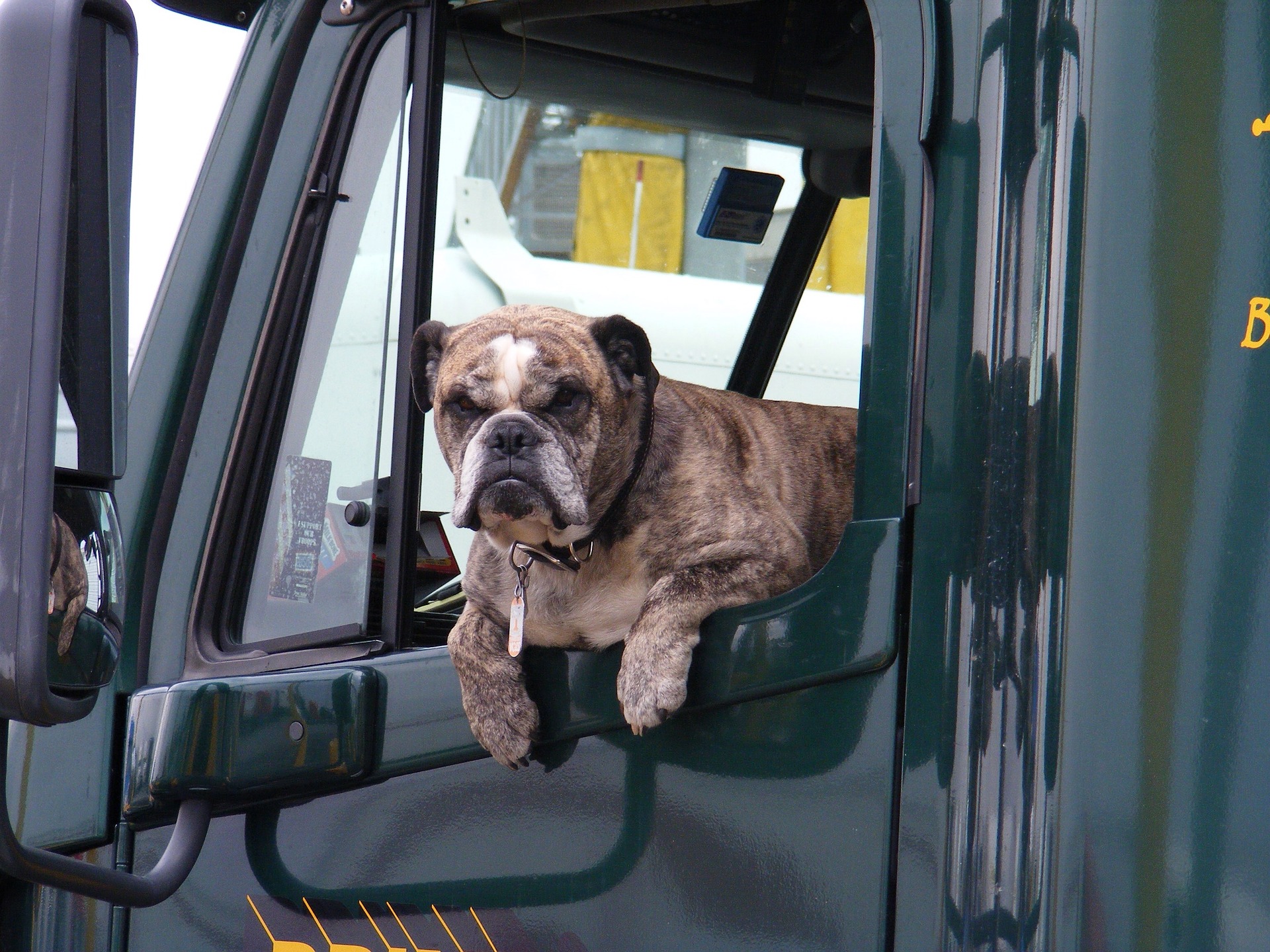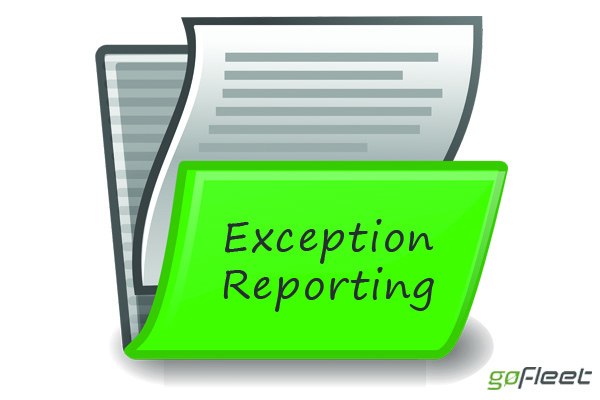Over the last 10 years, our three offices in Canada, the United States and the United Arab Emirates have been dedicated to helping hundreds of customers and businesses worldwide to step up their games in the fleet management sector and transform their fleet into a productivity machine. Now it’s time to have you on board with us on this exciting journey and experience the GoFleet difference.
Who Is GoFleet?
We are in the business of connection and digitalization, offering fleets of any size a tailored solution that helps them grow and succeed, all powered by telematics. At GoFleet, our vision is to bring the most powerful hardware, simple but useful software, and exceptional services together to delight every customer. Collaborating with industry-leading partners and blending in our own unique solutions, advantages and expertise, we believe we can provide you with the right answer for any challenge and pain point you encounter.
What Does GoFleet Do?
GoFleet provides pioneering end-to-end fleet management hardware and software solutions covering every link of fleet operation, from asset tracking, vehicle health monitoring, dispatching, routing to safety management, vehicle maintenance and data storage. Our wide range of products can address customer’s pain points and challenges in every single fleet management aspect, including fuel management, asset tracking, maintenance diagnostics, drivers’ behaviours monitoring and training, routing and dispatching, electronic logging devices and many more. All our products are built and designed upon the foundation of our commitment to improving your fleet management experience in five core objectives: productivity, safety, optimization, compliance and expandability.
We have previously worked with countless customers from a diverse range of industries to show them how we keep our commitment and transform their workflows from the bottom up. Boston Pizza, one of Canada’s largest and leading casual dining chains, put our telematics tracker into real-world testing and installed it on every delivery vehicle. Since day one, the franchise owner immediately noticed an improvement in delivery efficiency and customer satisfaction across the board. Our tracking solution helps to streamline deliveries and significantly reduce wait times for both delivery drivers and customers. With access to delivery vehicle real-time locations and status, the kitchen chef can now make sure the order is prepared and fresh out of the oven right when the next delivery vehicle is back at the restaurant to pick it up. This ensures that food is not sitting around waiting to be picked up, and customers can receive the freshest and warmest food as fast as possible.
Our partnership with CR&R Environmental Services further showcases our determination to help businesses in improving fleet safety performance. CR&R Environmental Services is an innovative waste and recycling collection company serving more than 3 million people in numerous countries. Prior to contacting us, CR&R Environmental Services experienced multiple instances where vehicle cameras were not recording or functioning. The camera is an essential piece of equipment used to record video footage of the operations, and an unreliable camera system is simply unacceptable. Loss of footages may put businesses in a disadvantageous position if liability disputes arise when one of the company’s vehicles gets involved in a collision or accident. CR&R Environmental Services reached out to us to see if we can offer an innovative safety solution to replace their current one. Our team worked hard and delivered on promises by leveraging telematics’ power and brought on a highly reliable and capable 360-degree camera system alongside an intuitive software platform. After the implementation, the CR&R Environmental Services noticed an increased level of visibility, reliability and productivity compared to their old system. They feel more confident in their ability to review driving footage in case of an accident and use these videos to train drivers and improve drivers’ skills.
System integration and optimization are at the core of every product we create. Every piece of equipment, hardware and software we designed works seamlessly together. We deeply understand many customers are frustrated by the incompatibility between different systems and platforms, and it’s our job to bring them all together into one unified fleet management platform that enables you to do everything anywhere. All you have to do is focus on what matters and leave the rest of the hassles to us.
Why Does GoFleet Care?
We take great pride in our products and in building relationships with our customers. We put people, product quality, innovation, environment, the end results, and your feedback at the forefront of everything we do at GoFleet. We deeply care about each of these aspects, and that’s why we adopt cutting-edge technologies to enrich each of them.
People
Everyone’s safety is our top priority. We introduced a range of safety products all aimed at protecting your fleets drivers’ safety. From the driver distraction camera to the collision avoidance system, they are life-saving tools that can make a big difference at the most critical moment. They also give fleet managers and drivers extra peace of mind and an extra layer of protection during everyday operations.
Our industry-leading customer service team is at your service no matter what problem you encounter in using our products. We provide easy and hassle-free device installation and training guidance so that you can implement our products across the entire fleet in just a matter of time. We offer remote diagnostics support to quickly assess and resolve your issues without the need for you to wait for a technician to come and help. The 24/7 support directly from product manufacturers is included with our ProPlus subscription, and if necessary, we will send in technicians to your sites to help you fix the issues and get your vehicle back on the road as fast as possible.
Quality
We know that you have high expectations for product quality and want a product that works as promised and marketed. That’s why we conduct rigorous testing to ensure each one of the products we ship meets or exceeds our stringent quality standards. Additionally, we know that you want a device that doesn’t compromise and works in any weather conditions and environments. Most of the hardware products we sell are waterproof, shockproof and highly durable, giving you the freedom to use them in any environment.
Innovation
Innovation is in our DNA. We strive to bring you the best and latest technology and incorporate them into our products. We want you to fully experience and utilize our products for a long-lasting period. That’s why we keep adding new features and fix any bugs by frequently pushing new software updates to your device and system. We are committed to bringing in the best available technology such as artificial intelligence and machine learning algorithms to make your products even smarter throughout time, so when you own our products, you not only gain the right tools to tackle any current challenges but also fully prepare yourselves for the future.
Planet
We care about our environment deeply. The first step we are undertaking is helping businesses and fleets to convert their entire workflow to a paperless model. With all the fleet data stored over the cloud database, we can truly digitalize how information is being used, analyzed and shared within the corporation. We are also incorporating environmental metrics and benchmarks into our vehicle tracking dashboard to allow fleet managers and drivers to access the vehicle emissions and fuel economy information throughout their operation.
Another initiative that we are taking to safeguard the quality of our living environment is providing the right tool to help businesses’ existing fleet transition into a fully electric vehicle fleet. Working directly with electric vehicle manufacturers, we have developed unique capabilities to access electric vehicles’ data and ensure your electric vehicle has strong data support. We are also working around the clock to expand our support to new models over time. We understand the migration to an electric vehicle fleet is not an easy task; it’s a process, and it takes time. But rest assured, when you are ready to make the move, we have already set the foundation and have the right tools ready for you.
Feedback
The process is important, but for any business, we know that you also value the results. You want to see the improvement in numbers yourself. We have created a comprehensive fleet dashboard showcasing data on fleet performance and efficiency, allowing you to track improvement percentage and return on investment. Based on this data, you could gain a sense of how much improvement our products provide to your fleet operations.
We are always happy to discuss and hear what you think about our products and services. Our customer support team makes follow-up calls and consultations after your purchase and implementation to ensure the solutions work well for you. And of course, if you encounter any issues with our products, our technical support team is always here to help.
Where Is GoFleet Heading?
We pride ourselves on being an innovation-driven organization, and we will keep innovating to integrate the best and latest technologies to the existing systems and platforms. Utilizing the power of artificial intelligence, machine learning, big data analytics and 5G wireless communication technology, we can truly take the whole fleet management platform to new heights.
We are also fully prepared for the massive transition from gasoline and diesel fleet models to the electric vehicle fleet model. All of our products have been optimized for either fleet structure, and we are working hard to add support for new electric vehicle models every month. But we want to look even further ahead into the future of commercial fleets. Many of the foundational works have already been undertaken to prepare for the development and transition to autonomous vehicles. We always want to stay ahead of the competition and have the products ready for you, so you can have unlimited choices of how you want to expand your fleet.
At GoFleet, we keep adapting to constant changes. The pandemic has drastically changed the operational model of many businesses. We are here to make sure our products fit our customers’ changing needs and standards. There is a growing demand for remote fleet management, so we bring the best software to your mobile device, giving you easy access to all the fleet statuses and information on the go. There is a rising trend of high precision and specialized transportation activities, so we offer advanced temperature and humidity monitoring sensors to help your business conquer challenging tasks. As the world is becoming more connected and globalized, we also focus on providing more localized optimization for your fleet. This includes providing convenient software features such as the weigh station bypass service to help your fleet better navigate through your local community. During the current turbulent period, we recognized that we have an even greater responsibility to respond and cope with the unpredicted changes and market trends to create tailored products that meet your businesses’ core needs, but it also gives us valuable opportunities to show you what our products can do for your business.
At GoFleet, our approach of doing everything with passion and professionalism has driven us to success to date, and our commitment to our customers is what motivates us to reach new heights.
Contact us today to speak with one of our many industry or solutions specialists to assist in nearly anything fleet related!
